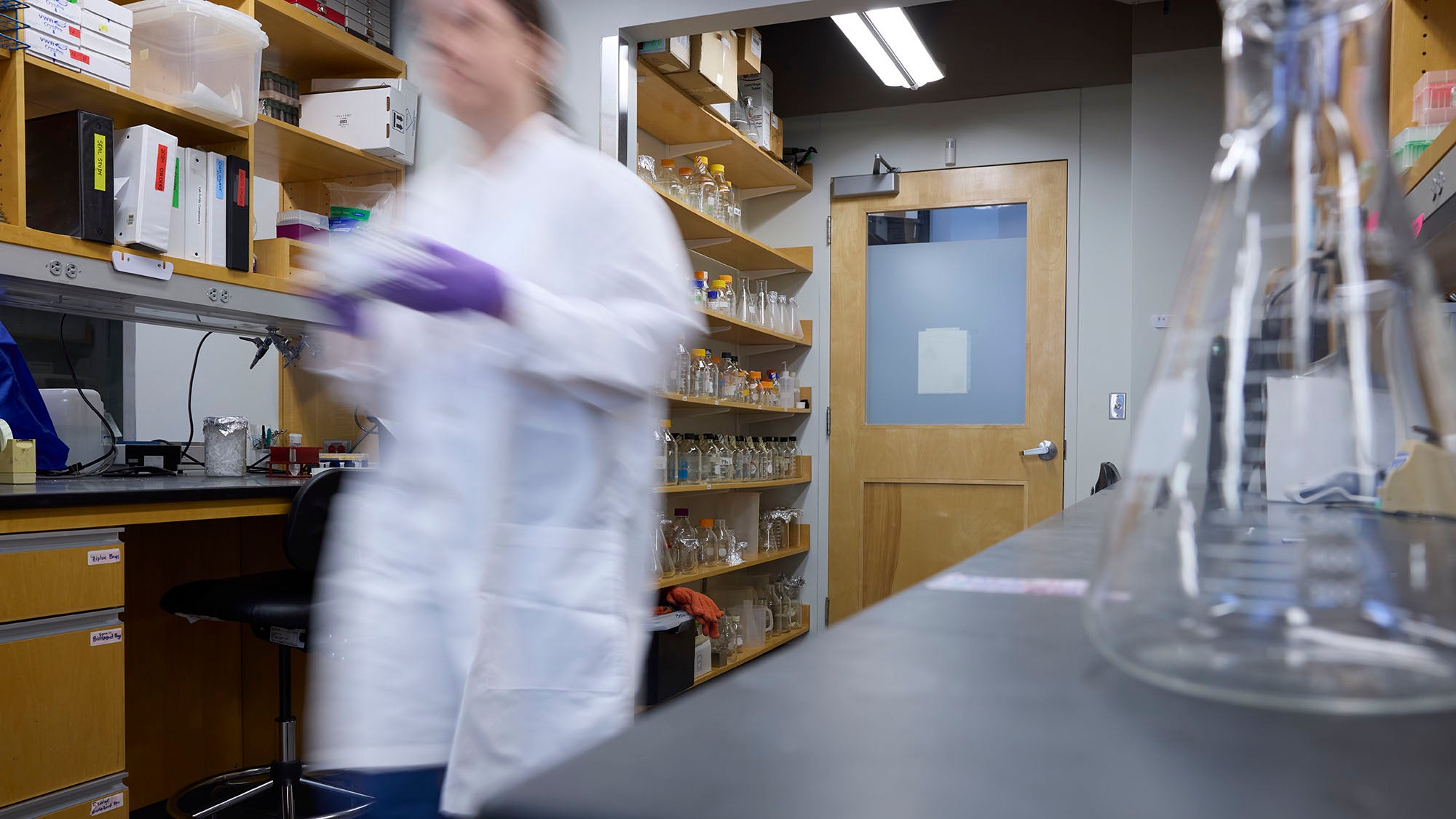Exposure to hormone-disrupting chemical mixtures common among office workers

January 17, 2023 – Office workers in the U.S., the U.K., China, and India were exposed to complex mixtures of chemicals that can disrupt hormonal functions, according to a study that analyzed chemical traces picked up by silicone wristbands worn by the workers. The chemicals included plasticizers, fragrances, flame retardants, and pesticides, which are found in a wide range of common products.
Led by researchers from Harvard T.H. Chan School of Public Health, the study found that every one of the 243 office workers in the study—who wore silicone wristbands during a one-week period in 2019—was exposed to chemical mixtures that mimicked or blocked sex hormones or thyroid hormone in human cells in the laboratory.
The study is the first to report on in vitro sex hormone activity of personal chemical exposures via analysis of silicone wristbands. It was published online January 10 in the journal Chemosphere.
Lead author Anna Young, research associate with the Harvard Healthy Buildings Program, and colleagues analyzed extracts of the wristbands for nearly 100 known chemicals as well as more than 1,000 chemical signatures that they tentatively identified. In the lab, they looked at how these various chemicals interacted with hormone receptors in human cells. Hormone receptors regulate physiological processes in the body, the authors noted, so interference with them can have critical consequences on reproductive, developmental, and metabolic health, as well as raise the risk for certain hormone-related cancers.
The researchers found that that workers’ exposures to both known and unidentified chemical mixtures were strongly linked with interference with estrogen, androgen, and thyroid hormone receptors in human cells. Often, the higher the levels of chemicals in the mixtures were, the higher the interference, the study found. There were some differences by gender and country. For example, women were typically exposed to mixtures with more different kinds of chemicals and with higher sex hormone interference than men—likely because they tend to use more personal care products than men. Also, office workers in China and India tended to have higher exposures to several chemicals that were identified as playing a key role in mixtures linked with higher levels of hormonal activity.
The authors noted that their findings don’t yet provide evidence of negative health effects of these chemical mixtures in human bodies. But, they added, “Our study provides valuable data on how buildings and products influence our exposures to complex cocktails of hundreds of both known and unknown chemicals and how those chemical mixtures have strong hormone-mimicking activities.”
Other Harvard Chan School authors of the study included Joseph Allen, Brent Coull, and Russ Hauser.
Read the study: Hormone receptor activities of complex mixtures of known and suspect chemicals in personal silicone wristband samplers worn in office buildings
Learn more
Chemical-laden indoor dust may interfere with sexual development, reproduction (Harvard Chan School news)


